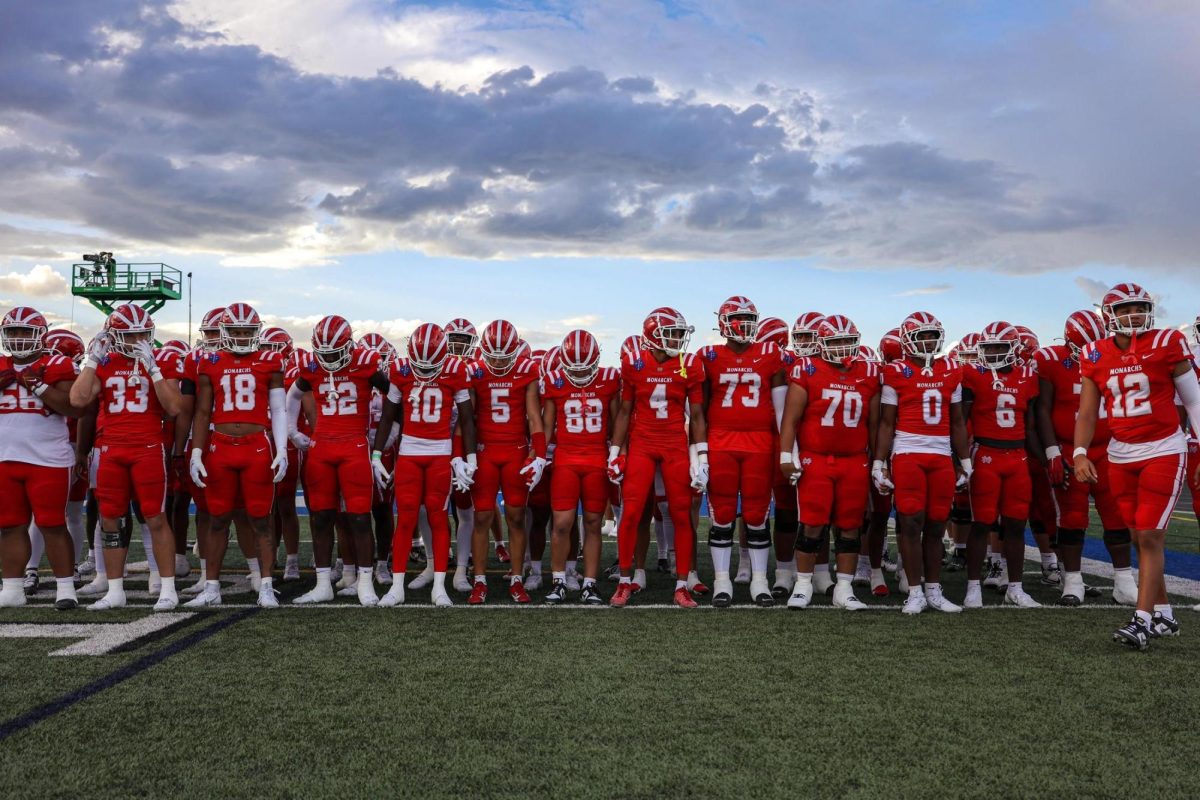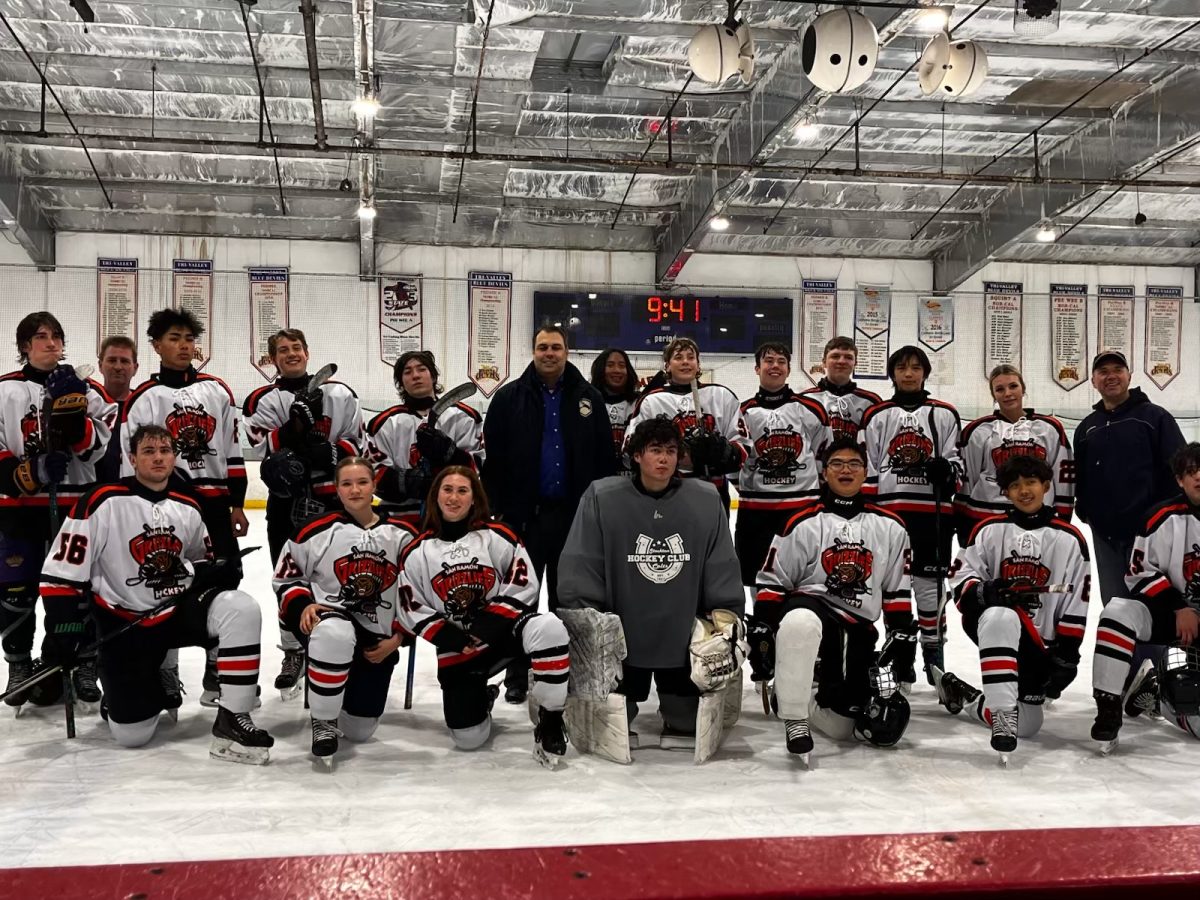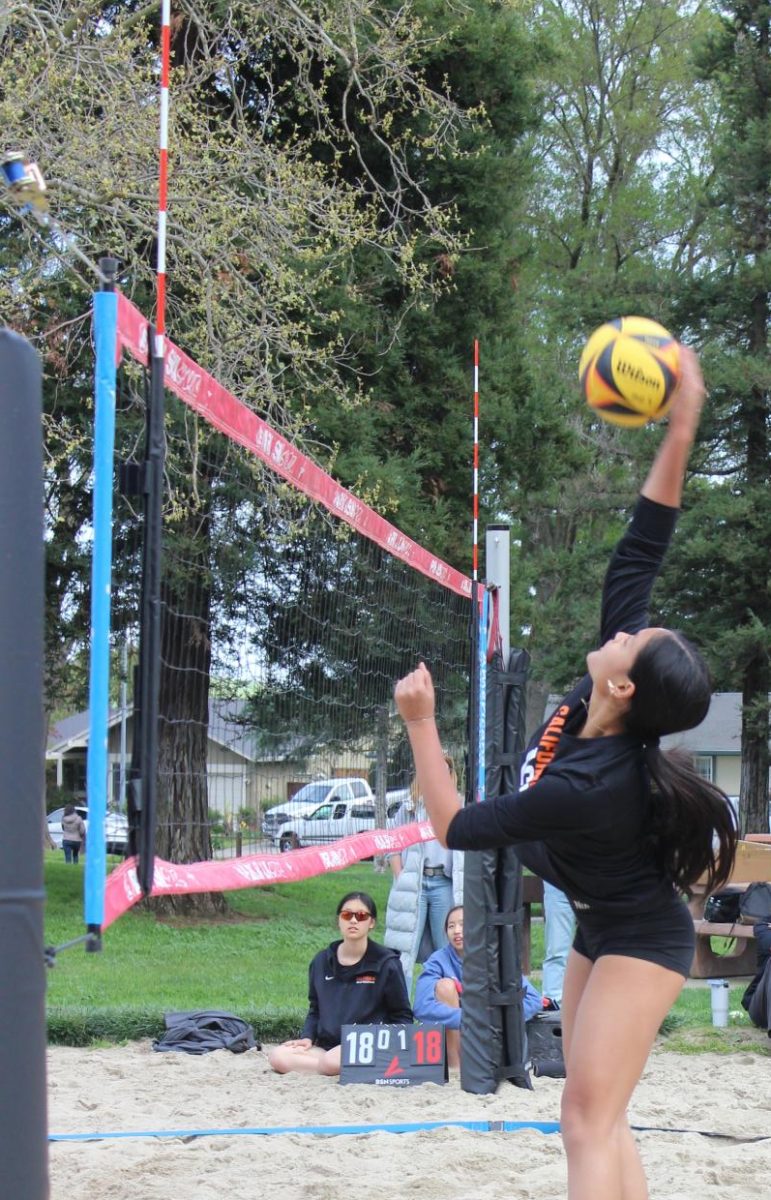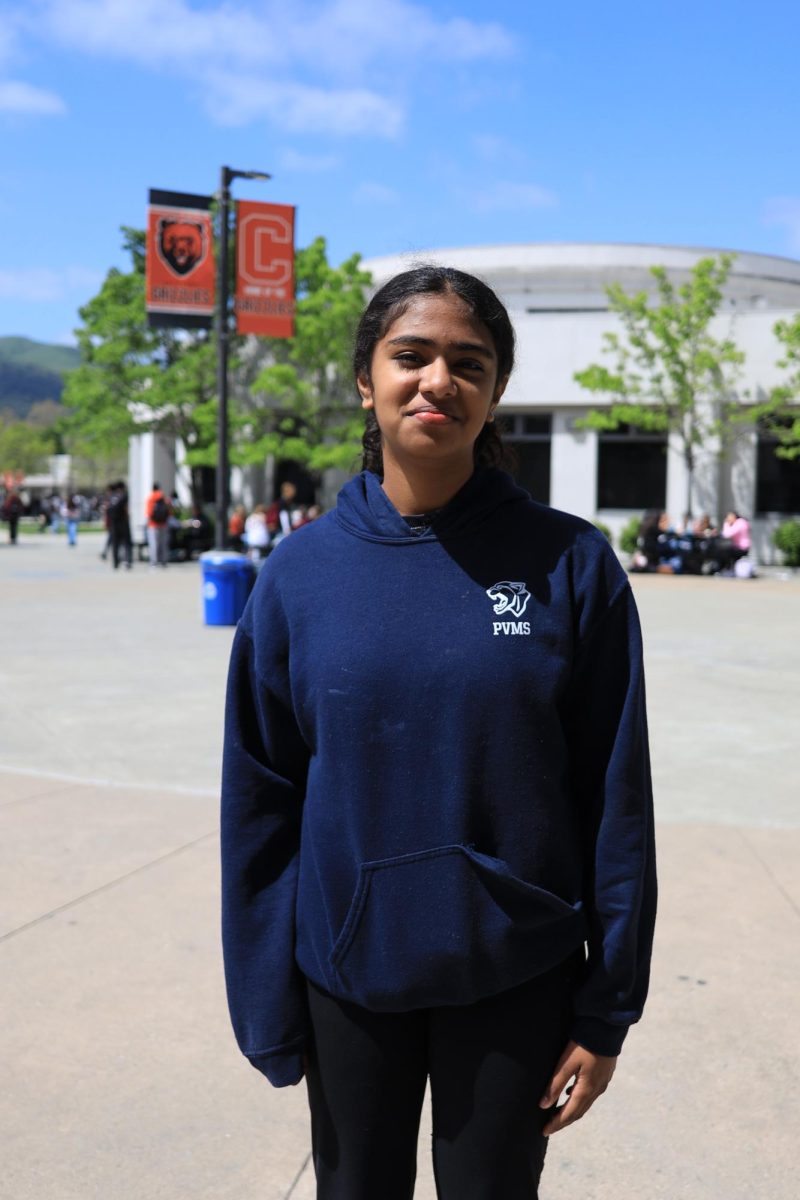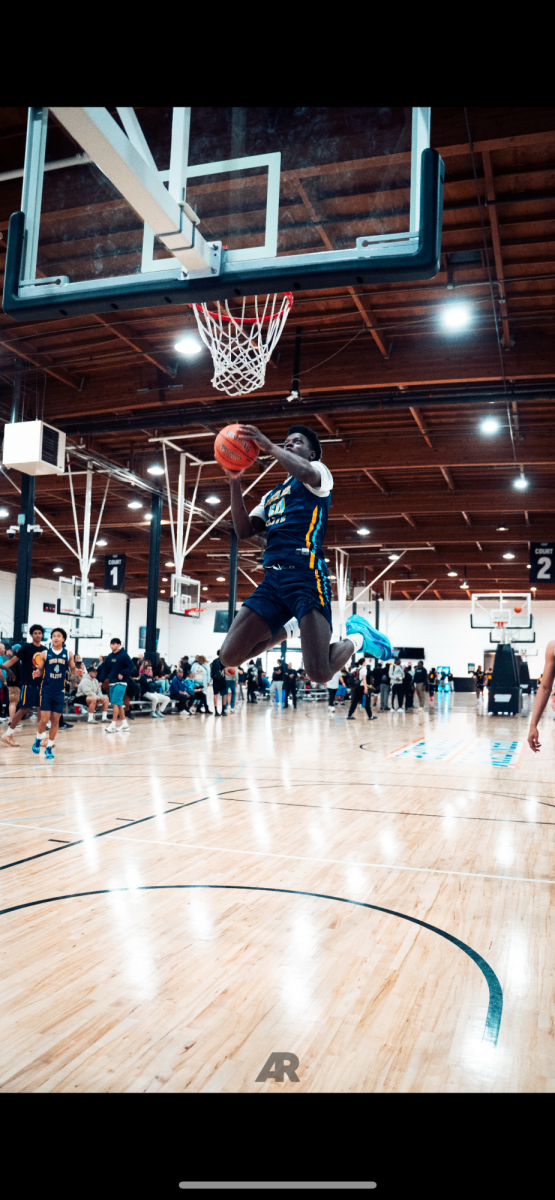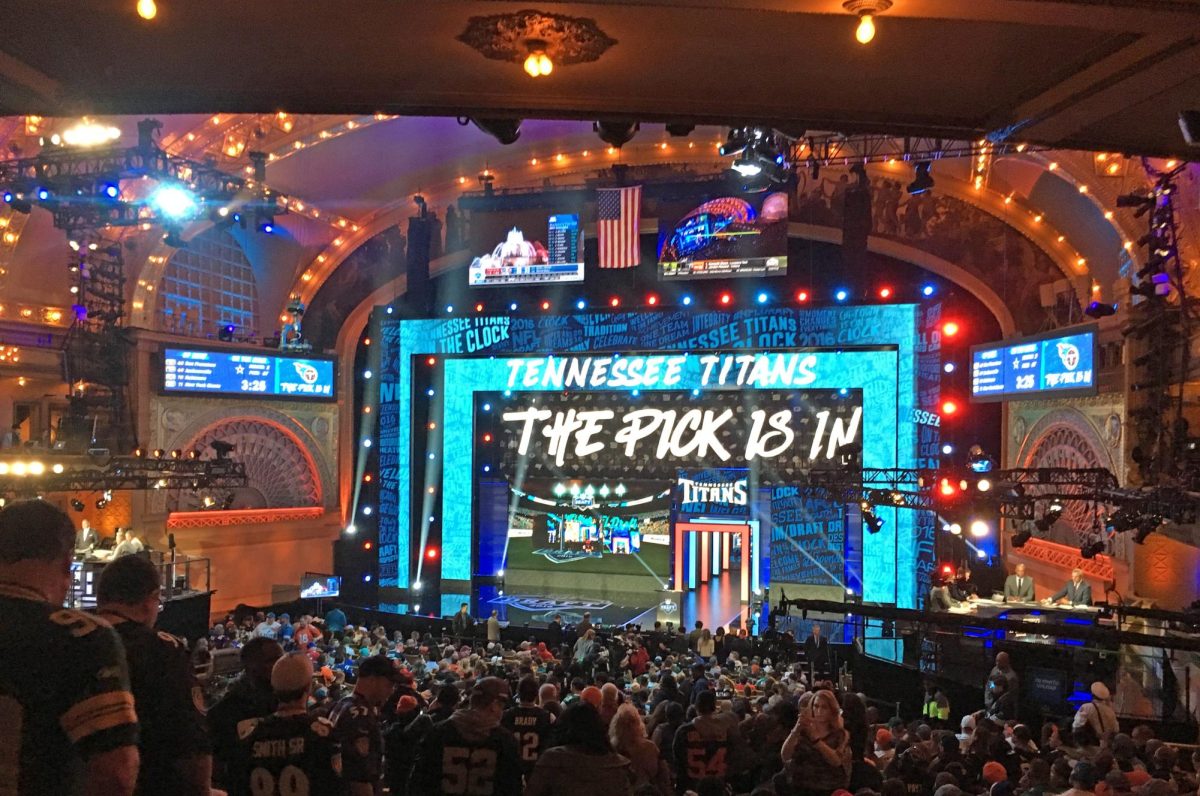From stadium banners to team jerseys, corporate sponsorships are becoming increasingly visible in high school sports, raising concerns about their impact on young athletes and the spirit of the game.
The concerns became heightened after Mater Dei High School, an athletically-inclined private Catholic school in Santa Ana, signed a 10-year, $10 million deal with Playfly Sports on March 19, according to a story in The Orange County Register.
This is the first time that an American high school has signed a multimedia rights deal with a third-party partner, The New York Times reported. The amount of money being exchanged is unprecedented, and considering that this deal is the first of many that will follow, it could really change how much money schools begin to expect.
Corporate sponsorships are mutually beneficial partnerships between two entities, where a company provides funds or services in return for promoting their brand. Playfly, a media marketing company, said it intends to use their expertise to enhance the school’s sponsorship opportunities, media exposure, and fan engagement.
But there are concerns that such large deals could create a disadvantage for schools that aren’t as privileged to have access to them. Even schools that are highly successful in athletics are aware of this potential disparity.
Leo Lopoz, the vice president of athletics for De La Salle High School in Concord, is quite aware of the school’s ability in procuring sponsorships. After all, the private, all boys’ high school has the reputation of being an athletic powerhouse not only in the Bay Area but also nationwide.
“It does help to have a successful athletic program to attract partnerships,” Lopoz said. “We’ve got everything from a car dealership to an insurance company to a driving school. There’s so many.”
The additional funding from these sponsorships provide schools with more access to quality resources that give them an advantage and leave other schools in the dust.
While Mater Dei receives a multi-million dollar deal and De La Salle gets tens of thousands of dollars from various companies, Cal High gets a couple thousand dollar deals here and there.
But no matter the amount, money is still money, and any donations are beneficial.
Mike Pottinger, who coaches Cal’s men’s and women’s golf teams, has firsthand experience with some of these sponsorships. Pottinger secured a $5,000 sponsorship with Fremont Bank for the boys’ JV East Bay Jamboree golf tournament this season.
Pottinger said the $5,000 offer came because Cal, as well as some of the other high schools competing in the tournament, were in the bank’s service area.
“They thought it was a good opportunity, and we’d never done it before, so we had to change the structure and run it through [Cal’s athletic] booster club,” Pottinger said. “That was all new this year and it worked out great.”
Ace Hardware also sponsored the boys’ golf team’s tournament by providing them free and discounted products.
In addition to banks and hardware stores, local restaurants have sponsored athletic teams too. El Nido, a Mexican restaurant in Danville, supports a variety of teams with food for athletes during carbo loads and homecoming meals.
Their generosity comes from the fact that all of the daughters in the family-owned business are Cal graduates. They also have relatives that are involved with Cal in some way. Jody McCord, a former team mom for Cal’s track and field and football teams, sees this as a symbiotic relationship.
“It’s kind of like, you scratch our back, we’ll scratch your back, type of thing,” joked McCord, who serves as an unofficial communications liaison for the Cal Booster Club (CAB).
McCord has many connections with local businesses in the area, so she uses her expertise to write request letters and reach out to companies to receive donations. CAB’s role is to help provide financial and organizational support for Cal’s athletic department. So as a liaison, McCord is indirectly assisting CAB in its mission.
These small sponsorships still offer significant benefits for high school sports, especially the teams with higher costs.
The funds go toward improved facilities, higher quality equipment, and stipends for some coaches. Cal athletic director Chad Ross said securing these sponsorships has to do with more than just asking. It also requires strategy.
Cal’s strategy is outlined as follows: teams identify potential sponsors, offer advertising opportunities, and propose a detailed budget for how the funds will be used. After the booster club approves the budget, it becomes the company’s choice to either agree or disagree with the proposal.
This simple system makes it easy for local businesses to become sponsors, while ensuring that these companies won’t exploit students, which is a large part of the vetting process.
“We try to be very cognizant and selective of the companies that we partner up with,” Ross said. “We do our homework and ensure that these companies have the same values.”
To make sure corporate sponsorships truly benefit students, teams prioritize partnerships that align with their values, such as sportsmanship, community spirit and student-athlete grit. This focus on finding valuable sponsorships that support students has been positively felt by the student-athletes themselves.
Cal varsity football player Jhadis Luckey has seen sponsorships improve the quality of the program and would agree that they are very beneficial.
“We’re able to buy new equipment, and maybe get new balls and jerseys,” Luckey, a junior, said.
He acknowledges that the additional funds provided by sponsors have greatly improved his sports experience. The snacks and drinks provided from some of their sponsors, such as Gatorade and Liquid IV, are much appreciated after a tiring game.
As for now, the future of corporate sponsorships looks as if it’s here to stay. Ross knows that the cost of running athletic programs isn’t getting any cheaper, and the bid for money will have to increase.
McCord is also aware that to get more sponsorships, more parents have to be involved.
“It all comes down to manpower,” McCord said. “You have to have a dedicated troop of people who will literally pound the pavement sometimes.”
The New York Times recently reported about the Mater Dei and Playfly deal, emphasizing an increasing trend of athletes already building brands and signing deals before they even graduate high school.
While local sponsorships play a vital role for the teams at Cal, the multi-million dollar agreement between Mater Dei and Playfly Sports signals a significant shift in the landscape of high school athletics.
